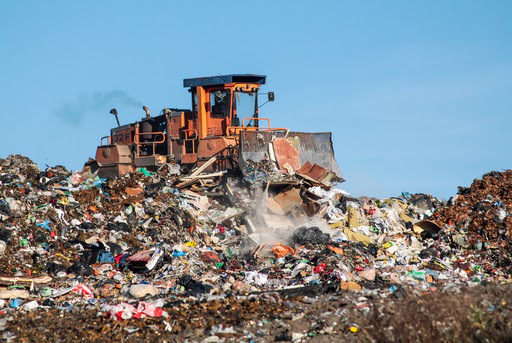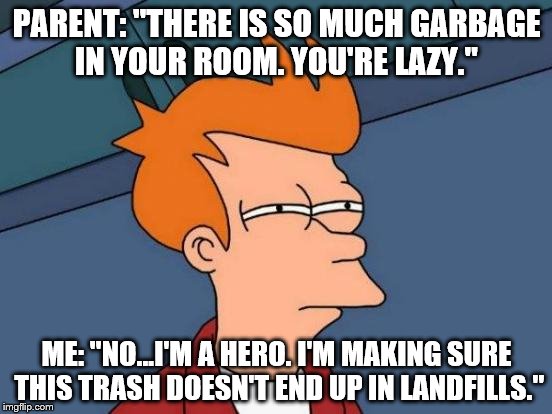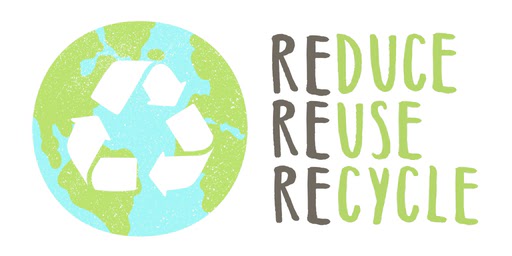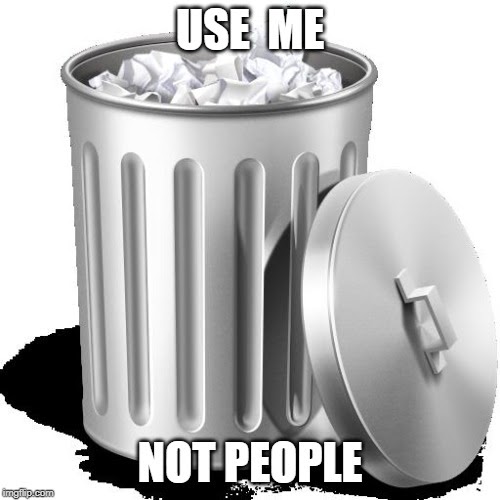Waste from our homes can go to landfills, be incinerated, taken to recycling drop-off centers, or treated by plasma gasification.
Have you ever wondered where the garbage bags go after they are taken out of your home? Waste management is a global problem that affects every nation on Earth. Statistics show that each person in the United States produces 4.4 pounds of waste every day! Japan spends more money on waste disposal than on waste collection. It is surprising to learn that industrialized countries consume 75% of the world’s paper supply, even though they only make up 16% of the world’s population!
It is ironic that as countries become more urbanized, the amount of waste they produce also increases. This includes more paper waste, packaging waste from consumer products, newspapers and magazines, disposable food containers, single-use plastic materials, and diaper waste. Urban areas produce 2-3 times more waste than rural areas.
Methods of Waste Disposal
Landfills
 Landfill (Photo Credit: Rokas Tenys/ Shutterstock)
Landfill (Photo Credit: Rokas Tenys/ Shutterstock)
Landfills are designated areas where waste is dumped far away from populated areas. However, these landfills must be well-engineered and designed to prevent hazardous waste from contaminating the environment. Landfills are mainly used for solid waste. There are different types of landfills for different types of waste.
Municipal landfills are for household waste, bioreactor landfills are used for organic waste, and industrial waste landfills are used for commercial and industrial waste.

C&D debris landfills are for construction waste, and demolition debris landfills are specifically used for waste from building construction, bridges, and renovation projects. The waste includes metals, heavy materials, glass, concrete, and wood.
Coal Combustion Residual landfills (CCR) are specifically used for waste generated from burning coal.
Hazardous waste landfills are used for hazardous waste such as batteries, paints, flammable liquids, chemicals, fluorescent lamps, and motor oils.
Incineration
 An incineration plant (Photo Credit: RONEDYA/ Shutterstock)
An incineration plant (Photo Credit: RONEDYA/ Shutterstock)
Incineration is a thermal treatment method that can be used for waste. The waste materials are burned at high temperatures to generate energy, which can then be used to produce electricity. However, the toxins in the waste are first removed by burning at high temperatures to prevent harm to the environment from the gases released.
Incineration is particularly common in countries like Japan, where there is a scarcity of land for landfills. Incineration reduces waste by 95% and helps to reduce the amount of waste being dumped in landfills. While incineration cannot completely replace landfills, it can significantly reduce the amount of waste sent to them. Incineration is especially useful for treating hospital and sewage waste.
Plasma Gasification
Plasma is a highly heated and electrically charged gas that can produce electrical current. It is also known as the ‘fourth state of matter’. Plasma can naturally be found in lightning and the gases on the surface of the sun. Plasma gasification is a relatively new technique developed by WPC (The Westinghouse Plasma Corporation) for the treatment of municipal and industrial waste. Similar to incineration, plasma gasification can reduce the amount of waste sent to landfills. However, instead of burning the waste like incineration, it directly converts organic waste into gas while retaining its chemical compounds and inorganic waste in a form of glass called slag.
The 3 R’s – Reduce, Reuse And Recycle
 (Photo Credit: kondratya/ Shutterstock)
(Photo Credit: kondratya/ Shutterstock)
Reduce: The first step before waste accumulation is to prevent it from being produced in the first place. Therefore, reducing waste is the initial focus in waste management. By reducing waste, countries can save billions of dollars. This can be achieved by purchasing only necessary items, opting for high-quality products, avoiding fast fashion, and minimizing packaging materials.
Reuse: What may be trash for one person can be a treasure for another. We are conditioned to believe that old things are useless, spoiled, and unattractive. However, it’s time to embrace our creative side and find value in reusing items. Packaging materials can be reused, and instead of using plastic bags, reusable cloth bags can be used when shopping.

Recycle: Materials such as paper, plastic, aluminum, and cardboard can be recycled. Recycling has become its own industry, requiring the establishment of new manufacturing industries to create products from recycled materials. This leads to job creation, with recycling being estimated to create six times more jobs than landfilling for the treatment of 10,000 tonnes of waste. Recycling can start at home by separating recyclable materials from other waste and utilizing drop-off centers for proper handling.
Isn’t it astonishing that governments have to spend billions of dollars on waste management? This issue is so significant that large amounts of land and entire industries and plants are needed to properly treat waste and ensure the cleanliness of our planet.
